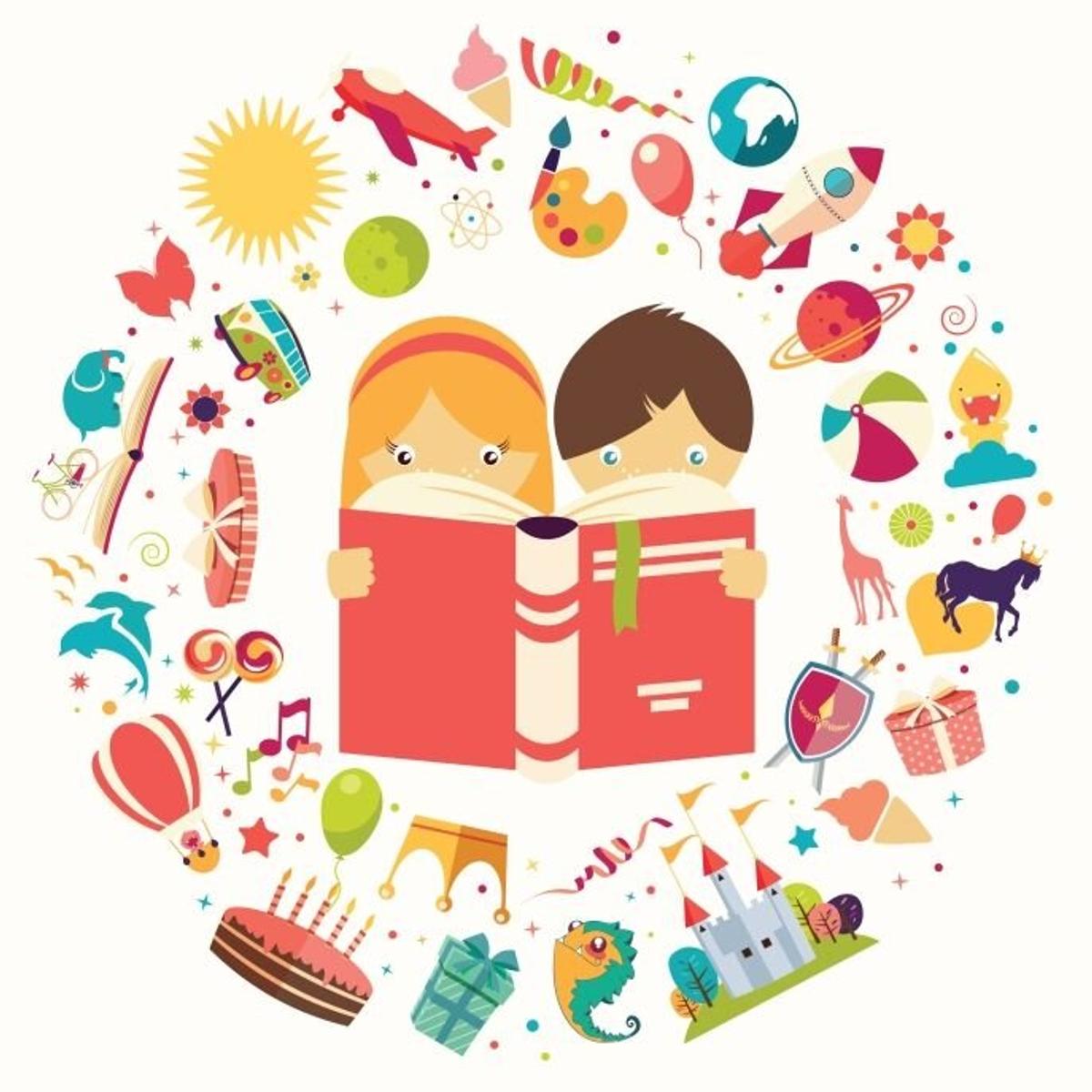Literacy and Numeracy News
BE INVOLVED, BE CONNECTED

Literacy and Numeracy News
BE INVOLVED, BE CONNECTED


Reading comprehension is the capacity to understand what you read. It is a function that engages both sides of the brain. The linear left side of the brain reads and interprets the text, while the nonlinear right side of the brain associates text with information. Understanding the idea behind the text is just as important as learning how to read.
Developing a child’s reading comprehension skills is important because it is the foundation for literacy.
Opportunities for practicing comprehension occur throughout the school day and continue at home. Early learners engage in “very much the same comprehension processes as do their older counterparts” Therefore, the strategies that are taught in the early years of education should be practised, consolidated and expanded on throughout a student’s schooling.
Two of the main strategies that are generally viewed to support comprehension are activating prior knowledge and making predictions. These evidence based reading comprehension strategies are especially helpful for all readers.
ACTIVIATING PRIOR KNOWLEDGE
Prior knowledge is unique to each reader. It is the sum of all experiences and knowledge they bring to the reading or viewing of a text.
These experiences and knowledge may include but are not limited to, personal experiences, cultural awareness or subject knowledge.
A reader/viewer has opportunities to activate their prior knowledge and make connections before reading:
During the reading:
After the reading:
MAKING PREDICTIONS
Prediction is about anticipation. “Skilled readers learn to expect the actions, events and ideas that are coming up in the text”
A reader/viewer has opportunities to predict before reading:
During the reading:
After the reading:
Reading Comprehension is a foundation skill that needs to be continually worked on at school.